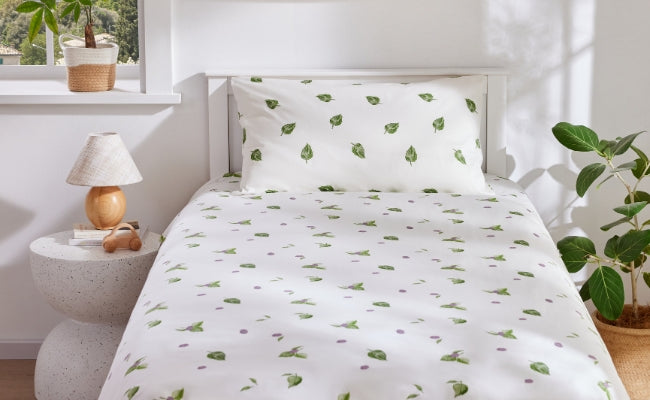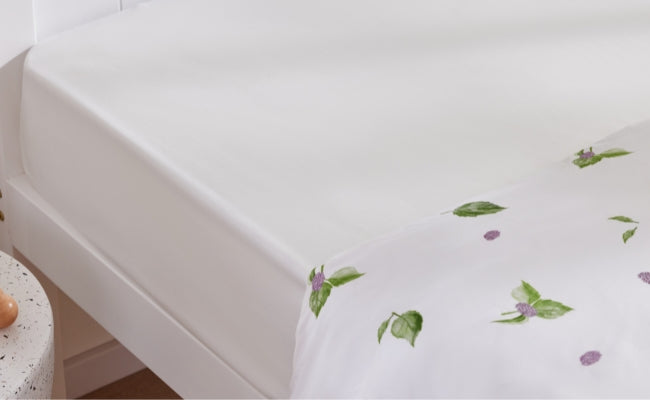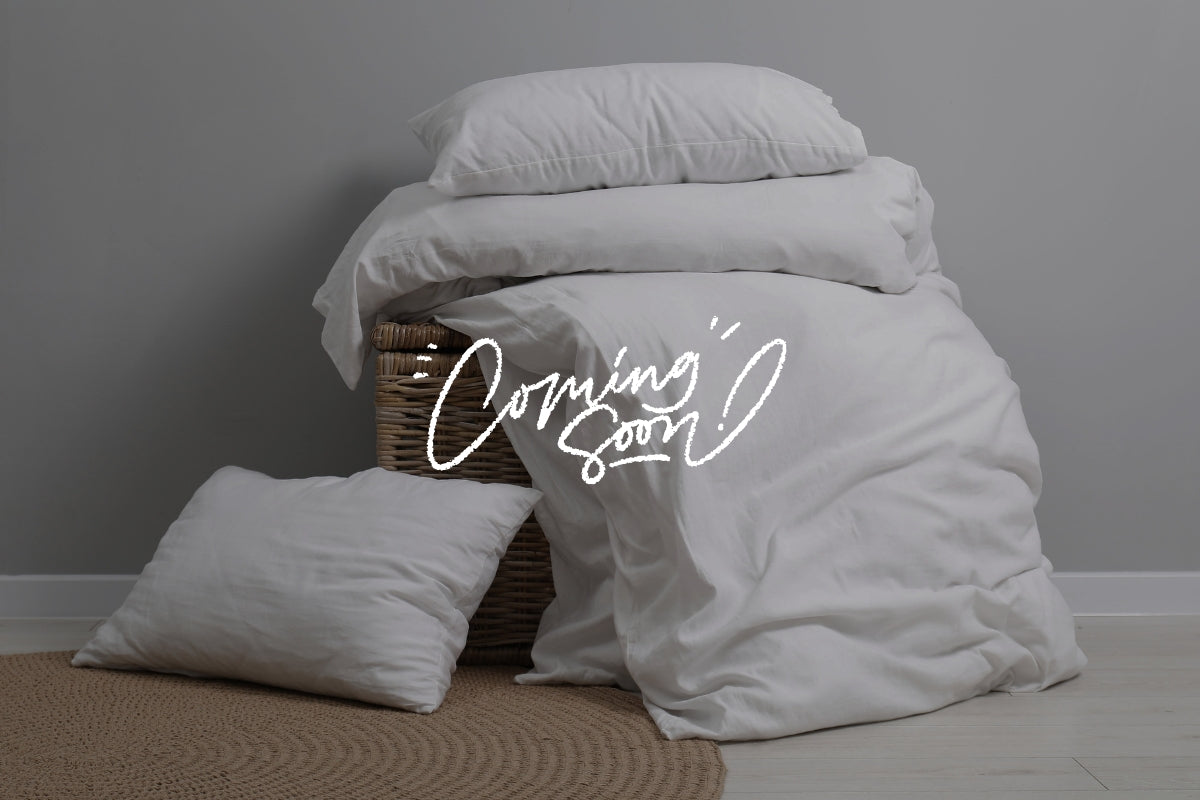Article: A Founder’s Reflection

A Founder’s Reflection
Written by Rob, Founder of Petitcocon
When I became a father, I started paying closer attention to the materials around my daughter. What touched her skin. What she slept in. What she was wrapped in. Comfort, I realised, was not only about softness. It was about peace of mind. It was about being able to trust what you’re holding in your hands.
Before starting Petitcocon, I worked as a venture capital investor in the consumer goods sector. For years I looked closely at the baby industry. I thought I understood the market. But the more I saw, the more I realised something wasn’t right. There was a growing gap between what products claimed to be and what they truly were. Synthetic fibres were being packaged in soft colours with poetic names, presented as natural, gentle, breathable.
One particular example is bamboo fibre. It’s often marketed as a sustainable and natural alternative, yet what most consumers don’t realise is that bamboo fabric is almost always a chemically processed rayon. In order to turn hard bamboo into something soft and wearable, it goes through an intensive industrial process involving strong solvents. While it may begin as a natural plant, what’s left in the final fabric is far from natural. The marketing sounds reassuring, but the underlying truth is rarely explained.
The labels didn’t lie, but they didn’t tell the full truth either. And in many cases, that was enough to make parents feel safe when they shouldn’t have.
I couldn’t ignore that. Especially when it came to babies. That’s when the idea for Petitcocon began to take shape. If I was going to build something from scratch, it had to be honest from the inside out. Not only in branding, but in the actual material. What mattered wasn’t just how something looked or felt at first touch, but how it performed, what it was made of, and how openly we spoke about it.
The truth is, the fashion and textiles industry is a mature one, with well-established supply chains and clear divisions of labour. Most brands don’t make their own fabric. They design, they source, they market. The upstream material — the yarns, the weaving, the finishing — is usually handled by suppliers and often shared across many brands. So when you hold a product from Brand A and another from Brand B, they might look different, but beneath the surface, they’re often made from the same cloth.
We wanted to do something different. Not for the sake of being different, but because we believed that a product for children should begin with the fibre itself. That to truly offer something better, we had to build it from the very beginning - from the raw materials, from the technical structure, from the ground up.
My family has been involved in silk production for generations. I’ve always respected this fibre not just for its elegance, but for its technical performance. It regulates temperature naturally. It holds moisture without feeling damp. It has that unmistakable softness that doesn’t need to be explained. I knew that silk belonged in baby products. But it had to be made practical enough for everyday use. Something that didn’t just feel precious, but actually worked for families.
We started experimenting. We combined silk with cotton. At first, we thought the concept was simple. Two good fibres, each with their own strengths, should naturally complement each other. But it wasn’t that easy. Silk and cotton behave very differently. They shrink at different rates. They absorb and release moisture in different ways. Their tensile strength, surface finish, and response to dyeing, washing and weaving all vary. These aren’t just aesthetic differences — they’re technical obstacles. It took us far more time than we expected to find the right balance.
There were versions we abandoned. We tested prototypes that wrinkled too easily, didn’t hold their shape, or lost softness after washing. There were moments we thought maybe it wouldn’t work at all. But we kept going. We adjusted spinning methods. We varied the weave structure. We tried different finishing techniques and measured every outcome. Eventually, we arrived at something we felt proud to offer. A fabric that doesn’t compromise. One that feels soft and breathable, and also holds its form through use. A fabric made for everyday life, yet with a quiet sense of grace.
That’s the core of what Petitcocon stands for. It’s not just a product. It’s a choice. A belief that parents deserve better. That babies should be wrapped in something real, not just something convincing.
Our fabric has a patent pending. And it’s still evolving. We continue to test and refine it because we believe it can do more. Because children’s needs grow, and so should what we offer. For me, this isn’t a business built on trends or margins. It’s something personal. A way to bring together what I’ve learned, what I believe, and what I hope to pass on.
If you’ve taken the time to read this, thank you. I hope that when you hold something from Petitcocon, you’ll feel that everything we’ve said here is woven into every thread.






